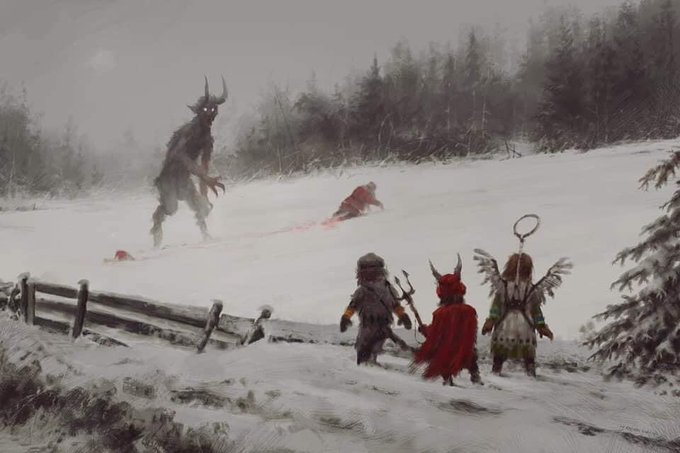
Thread (longish): This is Diduch or Did, the most important decoration made in the Carpathian villages in Western Ukraine during the traditional winter holidays, originally Winter Solstice, now Christmas... 
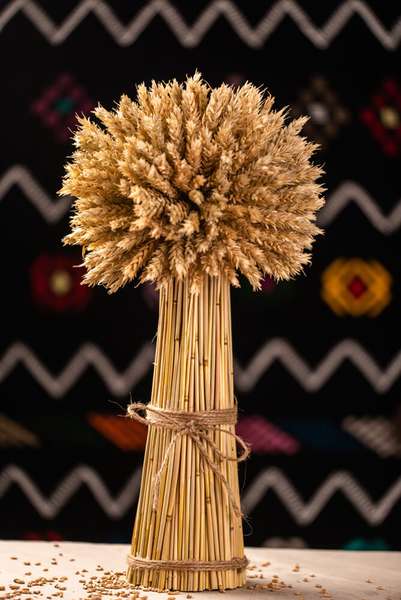
It is a decorated sheaf of grain (rye or wheat) made from a the first and the last stalks of grain reaped that year and brought home ceremonially from the fields by the queen of the harvest...
oldeuropeanculture.blogspot.com/2019/08/wheat-…
oldeuropeanculture.blogspot.com/2019/08/wheat-…
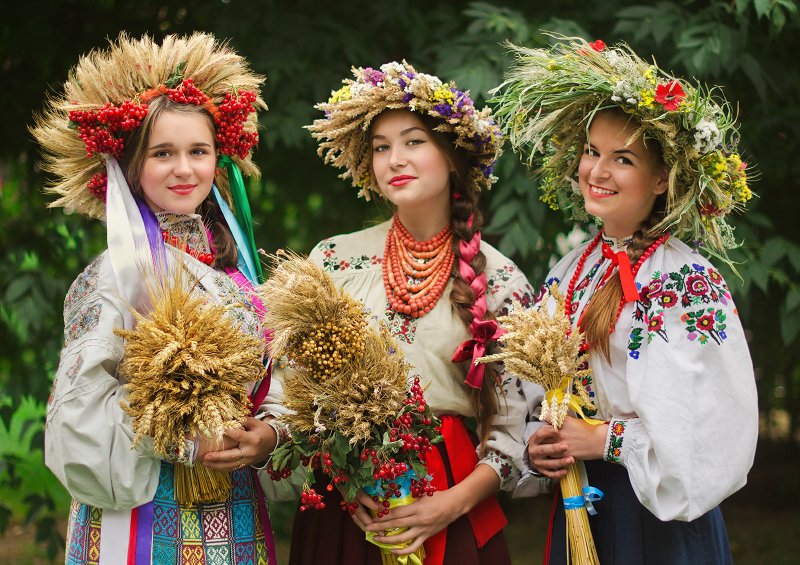
In the Boykivshchyna, agricultural tools were stuck in Didukh: a sickle and a rake. Today dried flowers and ribbons are aded... 
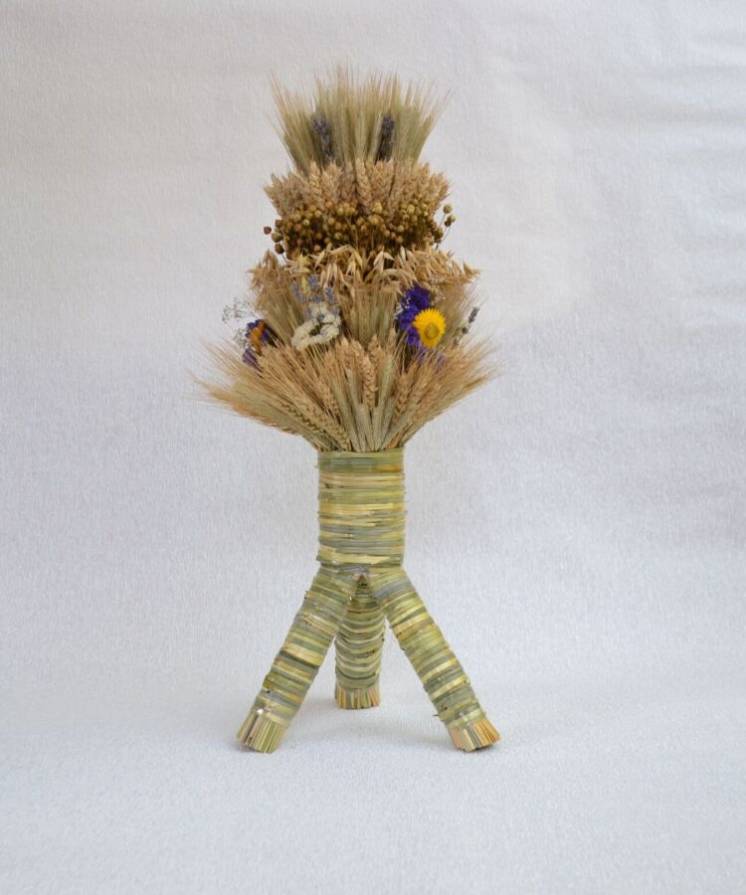
Diduch was made on the morning of the Christmas Eve by the man of the house and was left in the barn. Then in the evening, with the rising of the first star, the man of the house, or if he had sons, his eldest son, would go to the barn to bring Didukh to the house... 
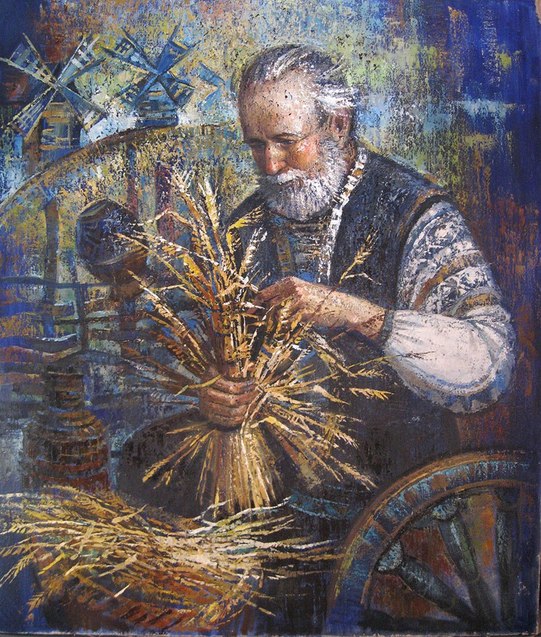
He would bring Didukh solemnly to the house door, and crossing the threshold, he would take off his hat and greet the woman of the house, as if seeing her for the first time:
May God give you health!
God help us. What are you carrying?
Gold, so that you live wealthy life!
May God give you health!
God help us. What are you carrying?
Gold, so that you live wealthy life!
Then the man bringing in the Diduch would bless the house wishing everyone peace, good health, good luck, good harvest, fertile women, animals, fields...
Now, "Diduch" (Didukh, Did) literally means "Grandfather" and is believed to contain "the spirit of the dead ancestors" who gather in and around it during the time Diduch is in the house...
In the past, every family in the Ukrainian Carpathian knew, remembered and honored all the ancestors up to the seventh generation. At least...
And throughout the Christmas week, Carpathian Slavs "invited" all the dead ancestors every night to a feast. Funeral dishes were left on the tables for the night for the them, and the food and drink were not remove from the table until the morning...
It was believed that the souls of the dead are in constant contact with the family, help in the household, protect the home and the field from fire, flood, hail, make sure that the family was in order and peace, healthy and happy...
It was also with the help of the dead that all living things grew and multiplied.
I talked about this Slavic belief in the dead governing the lives of the living in few posts:
oldeuropeanculture.blogspot.com/2020/01/thirst…
oldeuropeanculture.blogspot.com/2020/01/blood-…
oldeuropeanculture.blogspot.com/2019/07/wolf-f…
I talked about this Slavic belief in the dead governing the lives of the living in few posts:
oldeuropeanculture.blogspot.com/2020/01/thirst…
oldeuropeanculture.blogspot.com/2020/01/blood-…
oldeuropeanculture.blogspot.com/2019/07/wolf-f…
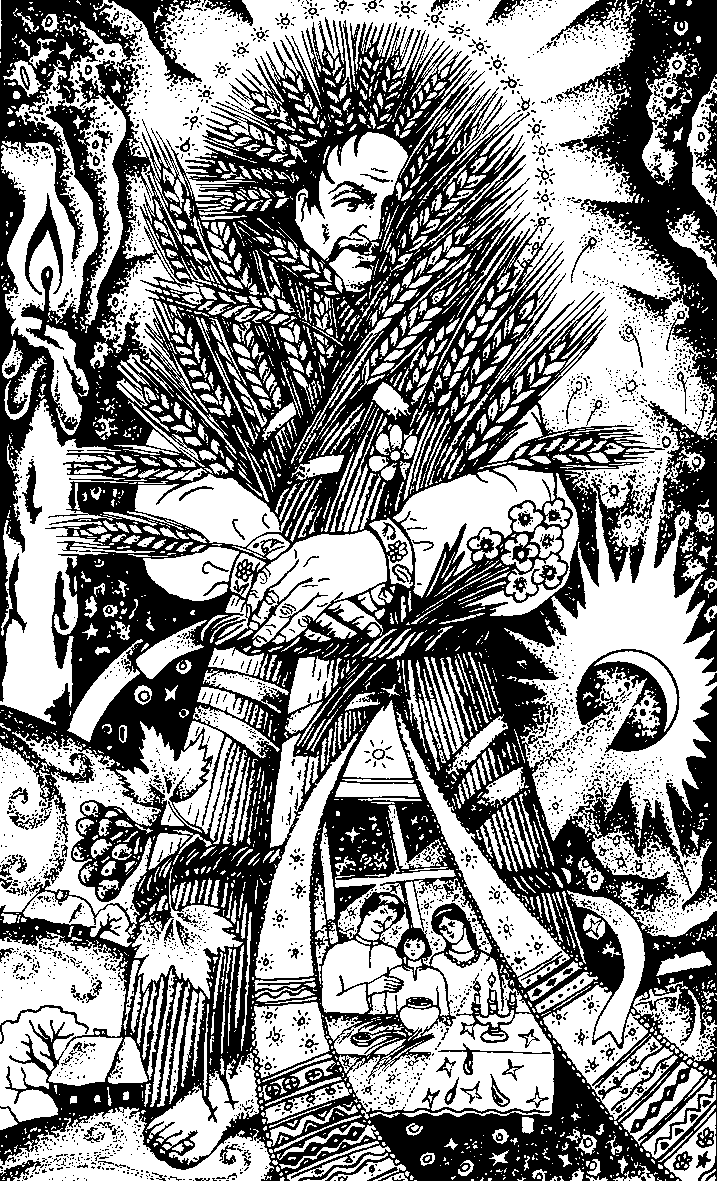
Which is why I believe that this is why the man bringing Diduch into the house was greeted as a stranger...He wasn't bringing Diduch (The ancestor). He was Diduch (The Ancestor)...One of many or all of them together...
Or maybe even the ancestral deity himself, Dabog, the Giving God...And the blessing the Diduch bringer uttered wasn't his blessing. It was Diduch's (The Ancestor's, God's) blessing...
People believed that the ancestors helped only those families in which they were honored by their descendants. And making Diduch and bringing it into the home and making him part of the family feast was considered to be one of the best ways to show this respect...
Interestingly, when Diduch was brought into the house, he was placed in the "Sacred corner", the holiest place in the house, where the holy icon was kept...And where once Slavs buried their dead, or more precisely reburied the bones and particularly sculls of their dead...
But this is an amazing story in itself and deserves a separate thread...Soon...
By the way, it is this life giving power of the dead, which Pluto (Hades), the giver of wealth, appropriated for himself. And this is why Hades and Persephone are depicted sitting on their throne in the land of the dead, with sheafs of wheat and flowers...
oldeuropeanculture.blogspot.com/2020/02/pluto.…
oldeuropeanculture.blogspot.com/2020/02/pluto.…
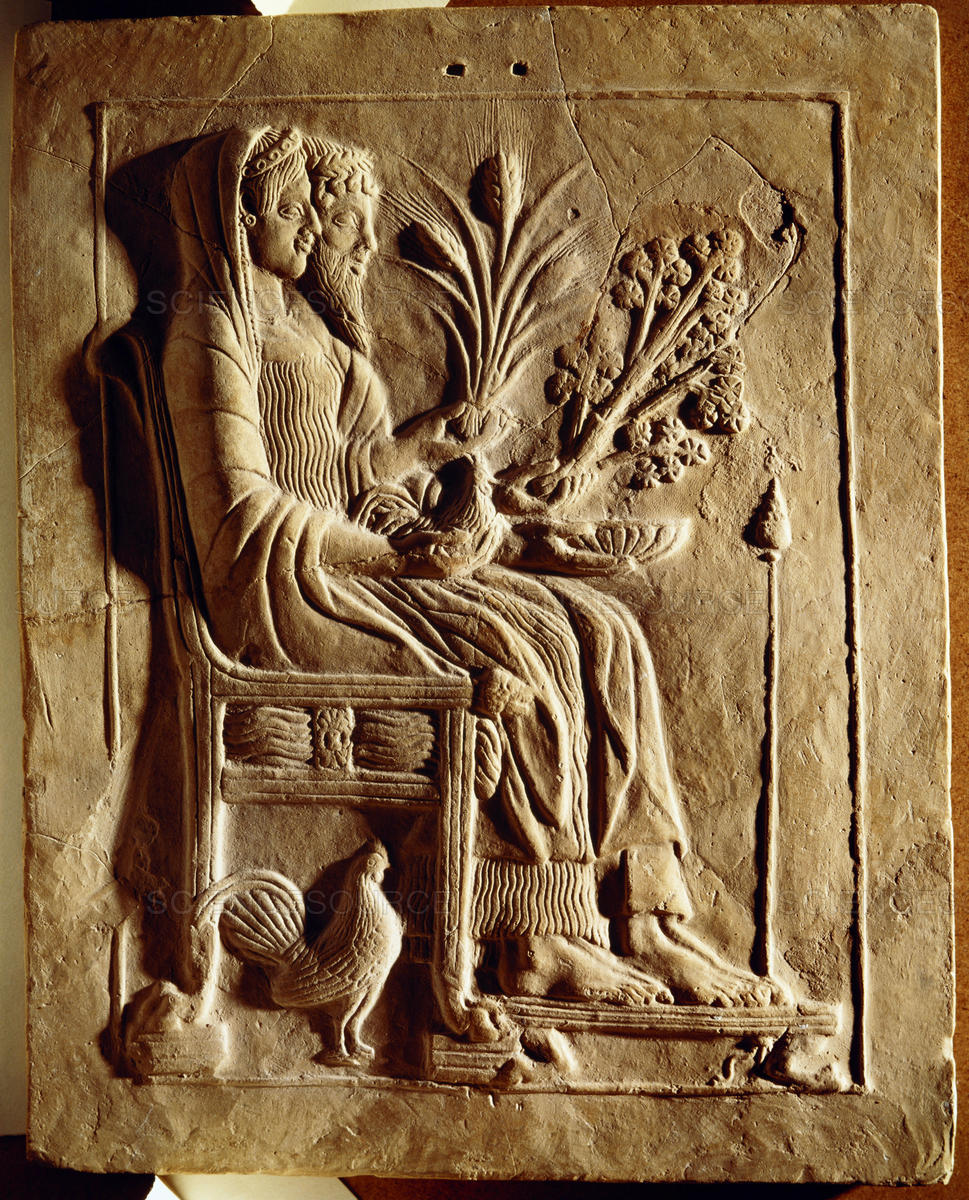
This is also why Hades is depicted holding Cornucopia, the horn of plenty...Again something he appropriated...Well maybe...Maybe not...You'll see why soon :) oldeuropeanculture.blogspot.com/2020/03/cornuc… 
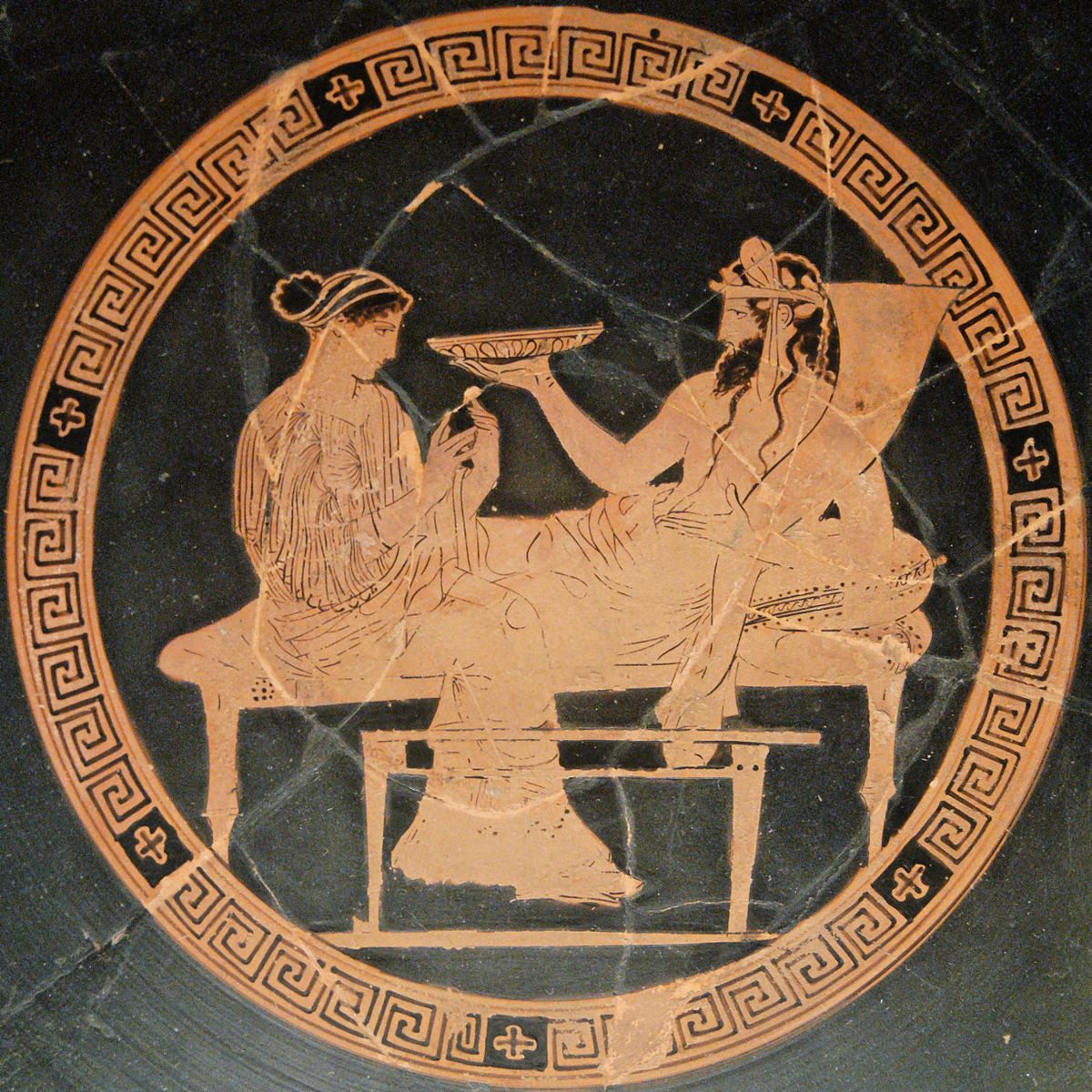
It is the ancestors and the ancestral deity Dabog who are the givers (or takers) of wealth, health, luck...Dabog has all the characteristics of the god of the dead, which is how he was interpreted by the Serbian ethnographers...This is of course true. He is "The Giving God"...
But what these ethnographers forgot is that Dabog is also explicitly described as The Sun God and The Rain God, basically Sky God...Whose house is underground...In the land of the dead...From where he comes at sunrise and to where he returns at sunset...
oldeuropeanculture.blogspot.com/2019/05/day-st…
oldeuropeanculture.blogspot.com/2019/05/day-st…

A lot of Winter Solstice, New Year, Christmas "beliefs" and "rituals" from across Europe now feature "scary demons and ghosts" who "descend on" people's houses at this time of the year, and which need to be "expelled" from the houses to protect the living...
The same good, venerated dead and ghosts, which were once invited in by their descendants...This is another great example of the suppression of the old beliefs by the Church and their inversion into their opposites...
Also I think that Diduch explains a lot of things about the end of the harvest rituals, the last sheaf rituals, and winter sheaf rituals...
It is now obvious why the Irish called the last harvested sheaf of wheat "Cailleach" (Old Woman, Grandmother) oldeuropeanculture.blogspot.com/2020/02/the-ol…
It is now obvious why the Irish called the last harvested sheaf of wheat "Cailleach" (Old Woman, Grandmother) oldeuropeanculture.blogspot.com/2020/02/the-ol…
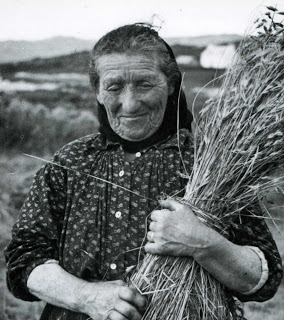
And it is now obvious why the Irish called the Corn Dolly made from the last harvested sheaf "Cailleach" too. And whose spirit was the "spirit of grain" that inhabited the Corn Dolly...
oldeuropeanculture.blogspot.com/2020/02/corn-d…
oldeuropeanculture.blogspot.com/2020/02/corn-d…
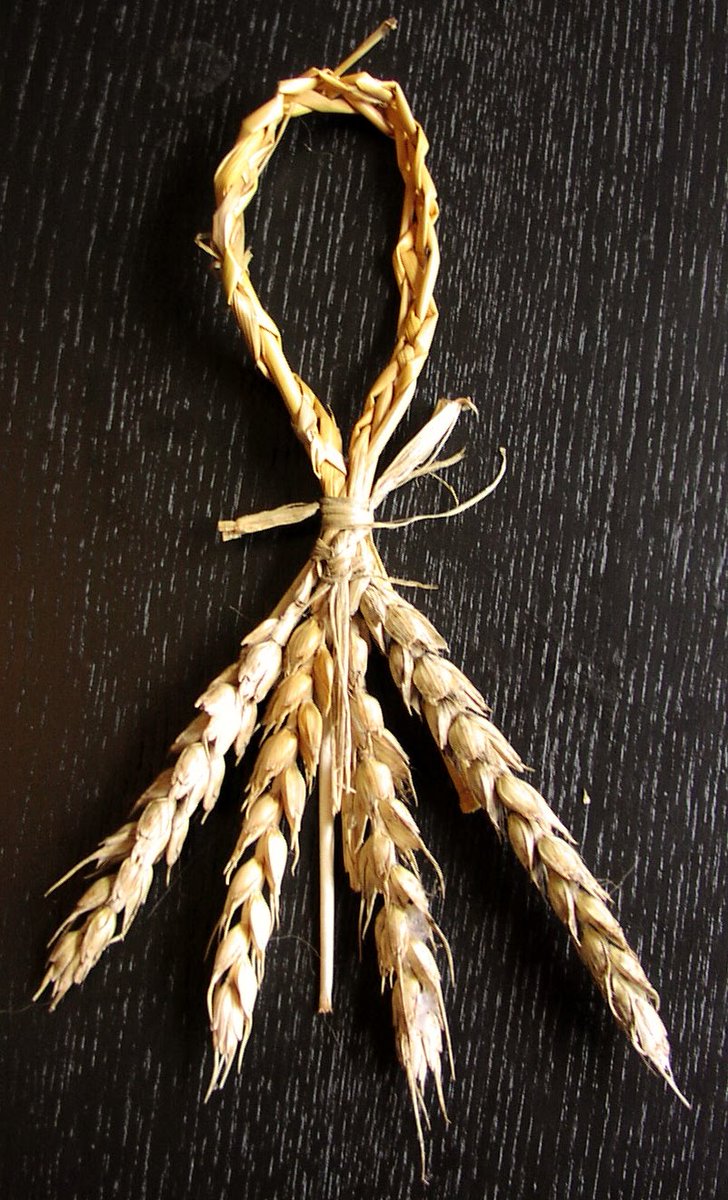
Diduch also explains which god Slavs talk about when they call this particular type of wheat ornaments made from the last harvested sheaf of grain "Good's beard"...It's Dabog, the Giving God, who was also known as Djed, Did (Grandfather), The Ancestor... 
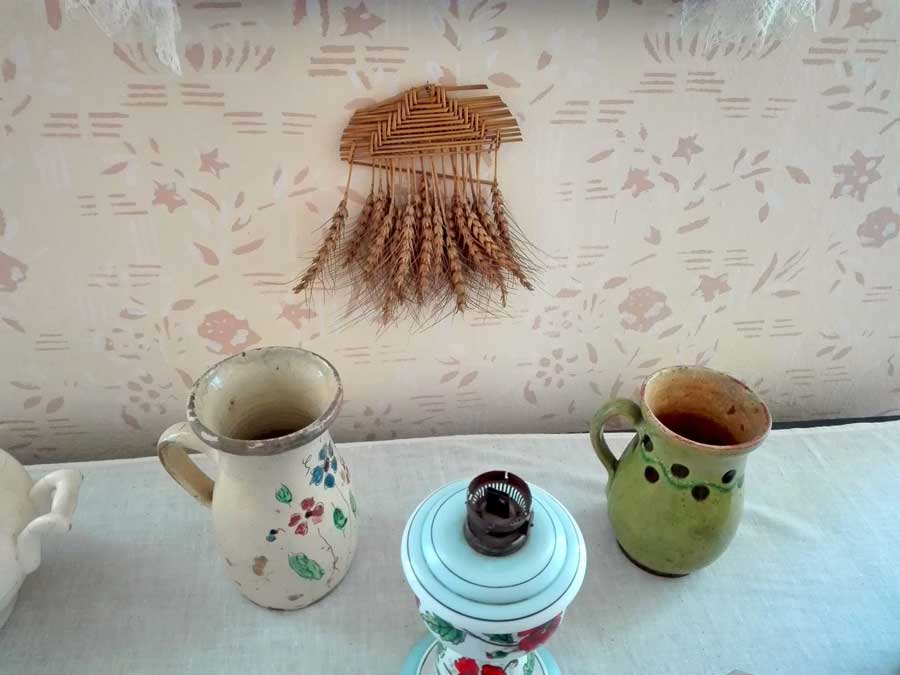
Diduch also explains why "On Christmas morning in Scandinavia every gable, gateway, or barn-door, is decorated with a sheaf of grain fixed on the top of a tall pole, wherefrom it is intended that the birds should make their Christmas dinner"...
oldeuropeanculture.blogspot.com/2019/12/nav.ht…
oldeuropeanculture.blogspot.com/2019/12/nav.ht…

Slavs believed that the souls of the dead are ferried to and from the otherworld by birds...So birds feeding on Diduch, The Ancestor is kind of symbolic, right? Did Scandinavians once had the same belief, but they forgot it and kept making Diduch "one ought to"?
Diduch also explains the "old Christmas prank" that people in Scandinavia played with each other: In Sweden in the past, people would make a figure of a goat from the last harvested sheaf of wheat and call it The Yule Goat... 

People regarded The Yule Goat as a spirit that would appear around Christmas to make sure that the Yule preparations were done right"
Interesting right? Diduch, The Ancestor, The Ancestral Deity, making sure the old ways, which the dead ancestors represent, are still respected.
Interesting right? Diduch, The Ancestor, The Ancestral Deity, making sure the old ways, which the dead ancestors represent, are still respected.
But then: "In the past in Scandinavia, a popular Christmas prank was to place this Yule goat in a neighbour's house
without them noticing. The family successfully pranked had to get rid of it in the same way..."
without them noticing. The family successfully pranked had to get rid of it in the same way..."
Bringing of the symbolic representation of the dead into the house, basically inviting the dead to come and celebrate the Winter Solstice, New Year, Christmas day with the living, was originally a sombre ceremony with huge real (for out ancestors at least) implications...
And again this was turned on its head. It was replaced with a "prank" where the symbol of the ancestors and the ancestral deity was brought into the house "against the will of the hosts". And the hosts tried their best "to find the cursed thing and get rid of it"...
All part of the conversion process...Turn old good gods into evil devils...Old good symbols into bad omens...Old positive rituals into negative...Eventually people forget...What's left is Krampus...And such abominations...
https://twitter.com/serbiaireland/status/1341123716734988291
Anyway, back to Diduch...On the eve of St. Basil's Day (sometimes before the Epiphany), Didukh was taken out of the house at midnight. It was believed that the souls of the dead ancestors also left the house with it...
In some areas of the Carpathian mountains, like in Pokut, Didukh was burned, usually on a crossroad, one of the favorite hangouts of "evil spirits and vampires" (read good ancestral spirits). Diduch's burning symbolically announced the birth of the New Year... 
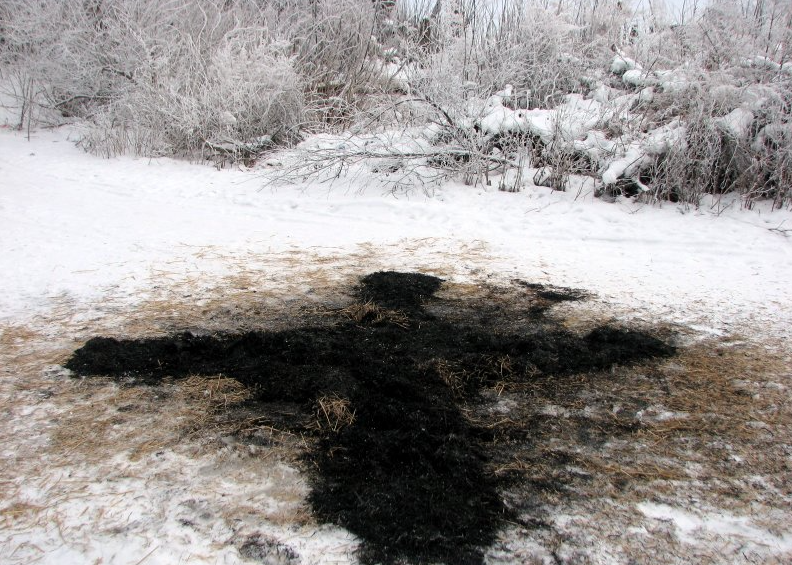
In the villages of the Halyts'kyi district Diduch was threshed by the first footer. The threshed Diduch grain was then thrown on neighbor's and friend's houses for happiness and good luck...
And that's it...I'll leave you with this image of children carrying Diduchs. The future carrying the past in their hands and their hearts...
Because there is a sacred bond between the living and the dead...
Because there is a sacred bond between the living and the dead...
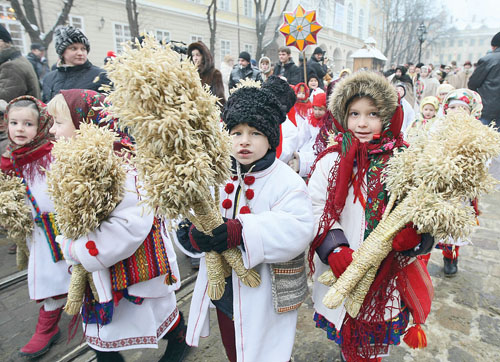
• • •
Missing some Tweet in this thread? You can try to
force a refresh




